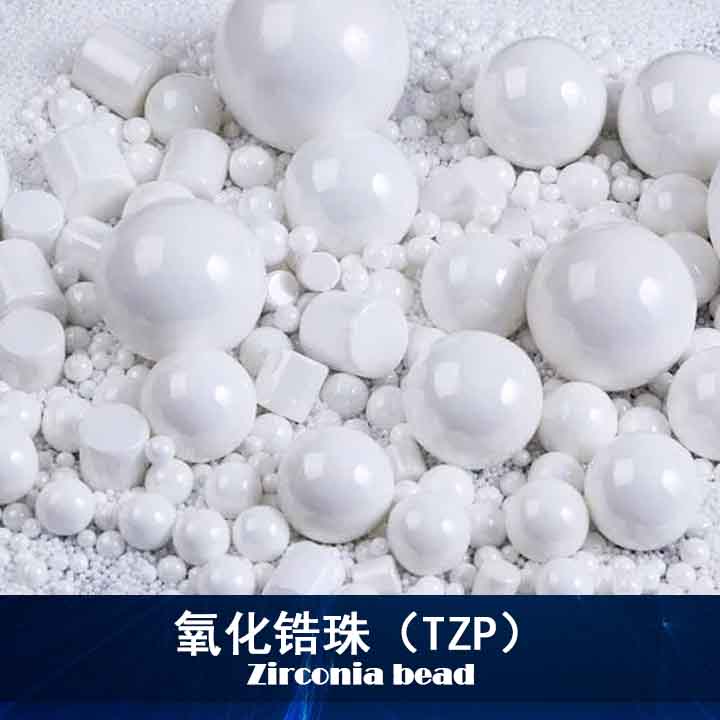
Shandong Sheng tai Zirconium Resources Co., Ltd.
Main product

Zircon sand
ZrO2:≥66% or ≥65% or ≥63% or ≥60% ……
Fe2O3:≤1.0% or 1.5%……
TO2:≤1.0% or 1.5%……
D50(D50-granularity):80~120Mesh
place of origin):Australia, South Africa
Cas of zircon sand: 10101-52-7 )
Zircon sand HS customs code: 2615100000
Zircon sand, also known as zircon sand and zircon stone, is a mineral mainly composed of zircon silicate. Pure zircon sand is colorless transparent crystal, often dyed yellow, orange, red, brown and other colors due to different origin, the type and amount of impurities, crystal structure belongs to the tetragonal crystal system, in the shape of a quadrangular cone column, the specific gravity of 4.6 ~ 4.71, the change of specific gravity is sometimes related to the composition and alteration state of zircon quartz is incomplete, uniform Mohs hardness is 7 ~ 8. The refractive index is 1.93-2.01, and the melting point fluctuates within 2190~2420℃ with the different impurities contained.
Zircon is a mineral composed mainly of zirconium, silicon and oxygen that crystallizes from magma during the formation of igneous rocks. Zircon is also found in dikes and metamorphic rocks. It belongs to the tetragonal system, often in the form of well-developed pyramidal small tetragonal cylinder, but also into irregular granular. Brittle, conchoidal fracture. It is a high quality refractory material. Mostly with ilmenite, rutile, monazite, phosphoyttriite and other co-occurring in the beach sand, by water separation, electric separation, magnetic separation and other beneficiation process to get.
Use of zircon sand:
Zircon sand (zircon) is extremely resistant to high temperatures, and its melting point reaches 2750 degrees Celsius. And resistant to acid corrosion. 80% of the world’s production is directly used in the foundry industry, ceramics, glass industry and the manufacture of refractory materials. A small amount used in ferroalloy, medicine, paint, leather, abrasives, chemical and nuclear industries. Very small amounts are used for smelting zirconium metal.
Zircon sand containing ZrO265 ~ 66% is directly used as the casting material of iron metal in the foundry because of its melting resistance (melting point above 2500℃). Zircon sand has lower thermal expansion, higher thermal conductivity, and has stronger chemical stability than other common refractory materials, so high-quality zircon and other adhesives together have good adhesion and are used in the casting industry. Zircon sand is also used as bricks for glass kilns. Zircon sand and zircon powder have other uses when mixed with other refractory materials.
Zircon sand (zircon stone) is used in the production of refractory materials (called zircon refractories, such as zirconium corundum bricks, zirconium refractory fibers), casting sand (precision casting sand), precision enamel appliances, and glass, metal (sponge zirconium) and zirconium compounds (zirconium dioxide, zirconium chloride, sodium zirconate, potassium fluozirate, zirconium sulfate, etc.). Can make glass kiln zirconia bricks, zirconia bricks for steel drums, ramming materials and castables; Adding to other materials can improve its properties, such as adding zirconium sand to synthetic cordierite, can broaden the sintering range of cordierite, but does not affect its thermal shock stability; Zirconium sand is added to high alumina brick to make high alumina brick resistant to spalling, and the thermal shock stability is greatly improved. It can also be used to extract ZrO2. Zircon sand can be used as high-quality raw sand for casting, and zircon sand powder is the main component of casting paint.
Zircon sand (zircon) and dolomite react together at high temperatures to form zirconium dioxide or zirconium oxygen (ZrO2). Zirconium oxide is also an excellent refractory material, although its crystal shape varies with temperature. Stable zirconium oxide also contains a small amount of magnesium, calcium, scandium or yttrium oxides, stable zirconium oxide melting point close to 2700, it is resistant to thermal shock, in some metallurgical applications than zircon reaction is poor. Stable zirconium oxygen has low thermal conductivity, and hafnium dioxide is harmless for use as a refractory substance in industrial zirconium oxygen.
Zirconium in metallic form is used primarily in the chemical and nuclear reactor industries, as well as in other industries that require corrosion resistance, high temperature resistance, special fusion properties, or absorption of special neutrons; in the United States, about 8% of total zirconium consumption is used in these industries, while the only meaningful application of hafnium metal is used in nuclear reactors on warships.
Zirconium metal, obtained by multi-stage refining, initially zircon stone in an electric furnace to neutralize coke reaction to produce zirconium hydrocarbon, and then chlorinated to produce zirconium tetrachloride. The magnesium reduction of zirconium tetrachloride (the krollprocess) involves the reduction of tetrachloride by placing magnesium metal in an inert gas to obtain a spongiform zirconium metal. High purity zirconium metal can be refined by iodide thermal dissociation, in which the metal and iodine vapor react at a temperature of 200 ° C, and the volatile iodine is sent to the connector, so that zirconium becomes a form of volatile iodine, which is separated from most impurities. At a temperature of about 1300 ° C, the iodide is separated on the heated filament. High purity zirconium is attached to the filament. The released iodine is transferred from the filament, and this product is called a zirconium crystal rod.
Column navigation
Main product
Contact information
Contact number: +86 18769613001
Email: 1163881862@qq.com
Wechat: 18769613001
Address: Binzhou City, Shandong Province, Boxing county pure Liang development zone, China

.jpg)




